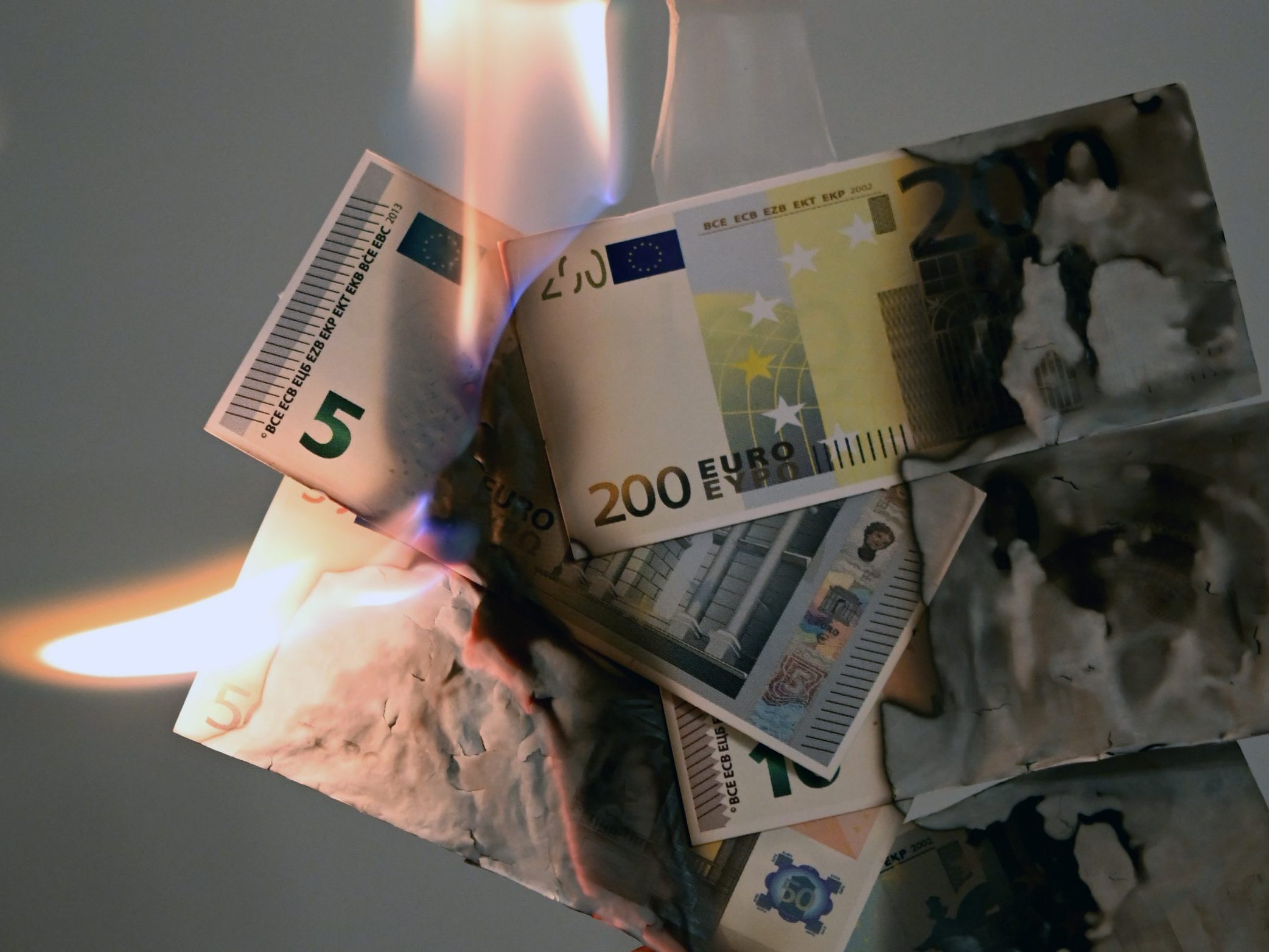Inflation fell to 3.0 percent in May

The inflation rate slightly fell to 3.0 percent in May, down from 3.1 percent in April. Statistics Austria confirmed its early June quick estimate on Wednesday. In an EU comparison, Austria is in the upper mid-range: In the Eurozone, the inflation rate was 1.9 percent in May, falling below the European Central Bank's (ECB) two-percent target for the first time in several months.
Inflation Rate in the Eurozone at 1.9 Percent in May
The inflation rate of the 20-country Eurozone community was last lower in September 2024 at 1.7 percent. For the entire EU, the inflation rate was 2.2 percent in May, as announced by the EU statistics agency Eurostat also on Wednesday. Inflation was lowest in Cyprus (0.4 percent) and France (0.6 percent), while Romania experienced the highest inflation on an annual basis at 5.4 percent.
The lower price pressure could allow the ECB to stimulate the still sluggish economy with lower interest rates and thus cheaper money. The next decision on the key interest rate will be made on July 24. The monetary authorities had lowered the rates for the seventh consecutive time in early June.
There was no difference in May between the domestic inflation rate according to Austrian calculation (CPI) and that according to the harmonized European calculation method (HICP), which also amounted to 3.0 percent and serves for easier comparability between European countries.

Compared to April, consumer prices in Austria fell by an average of 0.1 percent. The main drivers of inflation in the annual comparison were the prices for housing, water, and energy. "The strongest price increase in the annual comparison is again seen in electricity, although the effect on the inflation rate was largely offset by price declines in other energy carriers such as gas, heating oil, solid fuels, and fuels," said Thomas Burg, the statistical general director of Statistics Austria, in the release.
Increase in Electricity and Rents
Electricity has become 36.2 percent more expensive compared to May 2024. The price of heating oil decreased by 13.1 percent. For gas, there was a decline of nine percent, and for solid fuels, a decrease of 7.8 percent. Fuels became 9.1 percent cheaper year-on-year. Rents (including new leases) increased by 4.1 percent over the same period.
In the gastronomy sector, prices rose by an average of 5.8 percent. Accommodation services became 3.9 percent more expensive - however, the dynamic here is clearly slowing down, after 5.7 percent in April. Food and non-alcoholic beverages became 3.5 percent more expensive. For food alone, prices increased by 2.4 percent. Non-alcoholic beverages became 8.8 percent more expensive. Coffee prices rose particularly sharply by 22.3 percent.
In the transport sector, flight tickets became 3.1 percent more expensive, although with a significantly decreasing dynamic after 11.1 percent in April. While new cars cost 0.2 percent more than in May of the previous year, used cars became 4.3 percent more expensive.
The price decline of 0.1 percent compared to April 2025 is partly due to a decrease in fuel prices (minus 2.2 percent). In contrast, catering services were the price drivers in the monthly comparison with an average price increase of 0.4 percent.
Micro Basket with Higher Price Level
The price level of the micro basket, which reflects a daily purchase of groceries, daily newspapers, and coffee in a café, rose by 4.5 percent. The mini basket, which represents a weekly purchase (including services and fuels), became 1.8 percent more expensive year-on-year.
(APA/Red)
This article has been automatically translated, read the original article here.





